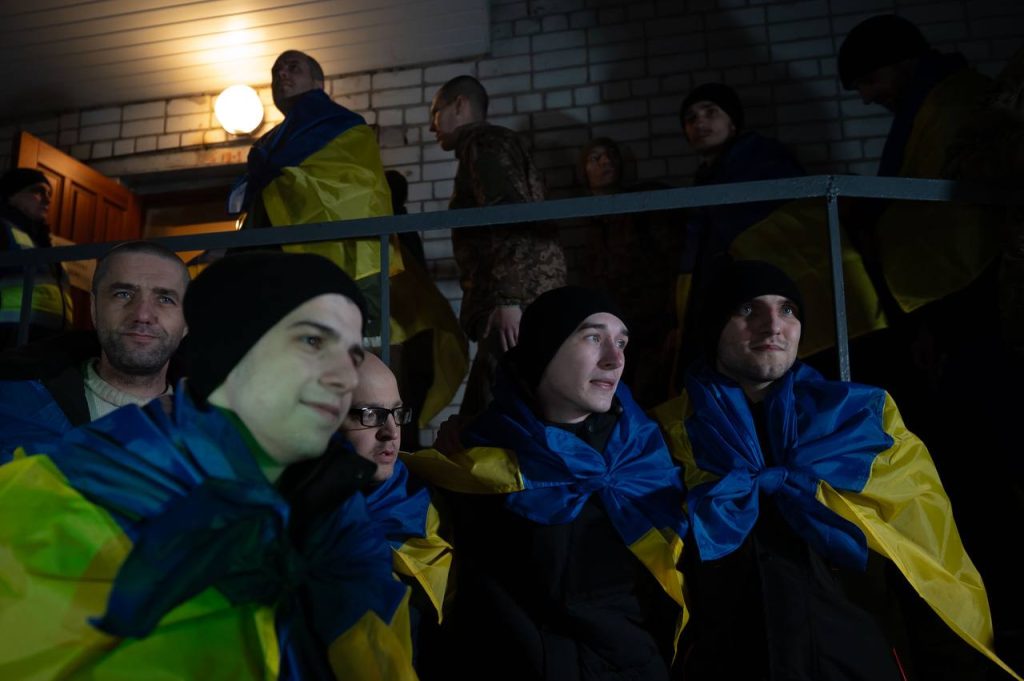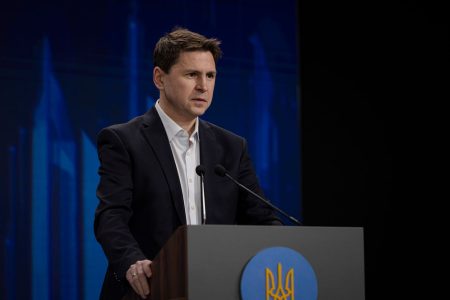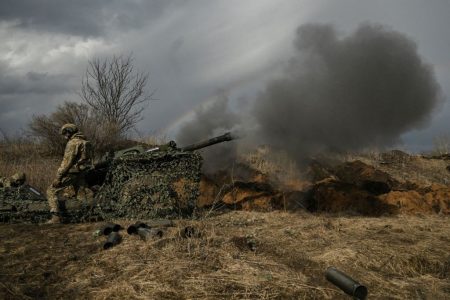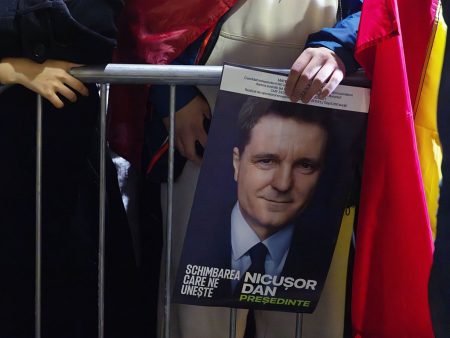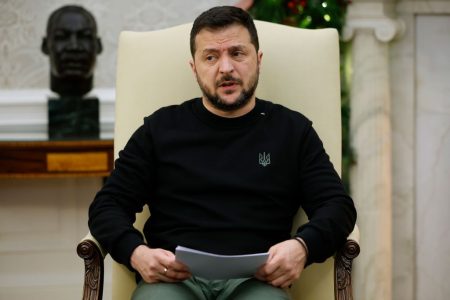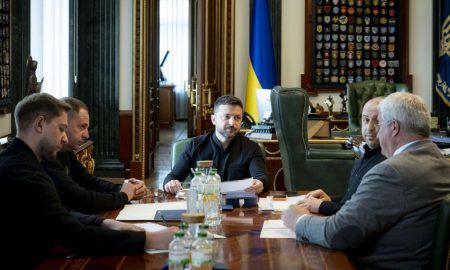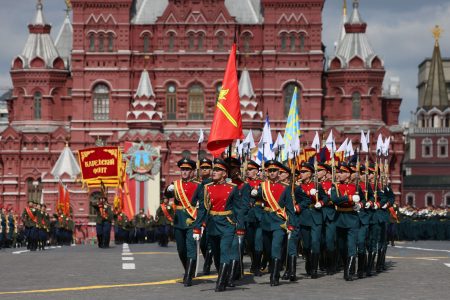On December 30, Ukraine successfully conducted one of the largest prisoner exchanges with Russia, bringing back 189 Ukrainian citizens who had been held captive. Among those released were military personnel from various branches, including soldiers who had defended critical locations such as the Azovstal and Mariupol. Concurrently, 150 Russian military service members were also released as part of the exchange. Some of the freed captives had been held for over two and a half years, suffering from chronic diseases and injuries. This exchange brings the total number of individuals freed from Russian captivity since the start of the full-scale war to 3,956, with 1,358 people released this year alone. This ongoing process has involved numerous prisoner swaps mediated by a third-party country, with the previous exchange occurring in mid-October.
In a significant move, U.S. President Joe Biden announced a new security assistance package for Ukraine worth nearly $2.5 billion on December 30. The package includes a $1.25 billion allocation for military equipment under the Ukraine Security Assistance Initiative (USAI), aimed at providing both immediate and long-term military support to Ukraine. This assistance includes air defense systems, artillery, and other critical weaponry. Biden reiterated the commitment to supporting Ukraine by surging assistance quickly, drawing down older U.S. equipment for the country’s defense needs, and initiating efforts to modernize and replenish the U.S. defense industrial base. The announcement comes just prior to the inauguration of President-elect Donald Trump, indicating continued U.S. support for Ukraine’s security needs.
Meanwhile, as the conflict between Russia and Ukraine intensifies, Ukrainian Commander-in-Chief Oleksandr Syrskyi reported that Russian forces have suffered approximately 427,000 casualties, either killed or wounded, during the year 2024. These losses primarily occurred in battles in Donetsk Oblast, where Russian troops have been engaged in constant assaults resulting in record casualties. Russia’s military operations have advanced swiftly towards key towns in Donetsk Oblast, including Pokrovsk, Toretsk, and Kurakhove, despite heavy losses. As Russia’s casualty rates begin to outpace enlistment rates, the sustainability of its military operations is brought into question, with estimates suggesting that the losses may not be sustainable in the long term.
Additionally, it was reported that throughout the year 2024, Russia launched over 1,300 drone strikes and more than 250 missiles at Kyiv, the capital of Ukraine. The attacks inflicted significant damage, resulting in over 500 air raid alerts and nearly 200 airstrikes targeting various locations in the city. The missiles used by Russia included cruise missiles like Kh-101, Kh-59, and Kalibr, as well as ballistic missiles such as Iskander-M and KN-23. These attacks caused damage to residential buildings, leaving around 120 people homeless, in addition to disrupting energy infrastructure and leading to frequent power outages in the city. Despite officially not being considered a zone of potential hostilities, Kyiv continues to bear the brunt of Russia’s military actions, underscoring the ongoing threat faced by the capital and its residents.
In the wider context of the conflict, insights into the scale of casualties on both sides have emerged. Meduza’s analysis suggests that the Russian military has been signing between 500-600 new contracts daily, likely insufficient to cover the irreversible battlefield losses estimated at 600-750 per day. Ukraine has claimed that November and December saw the highest casualties for Russian forces, bringing the total losses for Russia to nearly 790,000 by the end of the year. President Volodymyr Zelensky stated that Ukraine had lost 43,000 soldiers since Russia’s full-scale invasion began in February 2022, with an additional 370,000 injuries. These figures present a grim picture of the human cost of the conflict, highlighting the toll it has taken on both military personnel and civilians caught in the crossfire.
As the conflict between Russia and Ukraine continues unabated, the ongoing military operations and casualties underscore the devastating impact on both sides. With significant developments such as prisoner exchanges, security assistance packages, and escalating military actions, the situation remains fluid and complex. The toll on human lives, infrastructure, and communities underscores the urgent need for a peaceful resolution to the conflict to prevent further loss and suffering. The international community’s role in supporting Ukraine’s sovereignty and security, while seeking avenues for de-escalation and dialogue, remains crucial in addressing the root causes of the conflict and working towards a lasting peace in the region.









